Incredibly frightening prospects concerning these types of volcanoes. I'm glad that we have them under a watchful eye. I've always found them interesting but these larger ones are more scary to me even as time goes on. It would be amazing to find a way to release some of the pressure or a method of cooling down. We can only hope for more intelligence as they continue to study them.
What If Yellowstone Supervolcano Erupted Tomorrow?
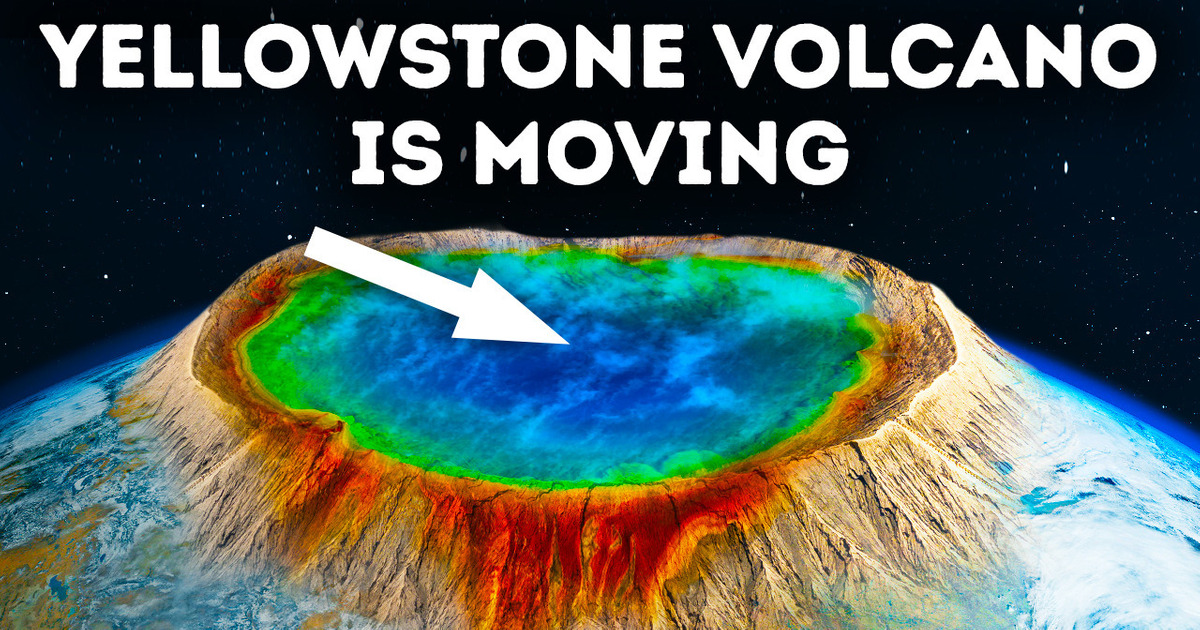
So. You notice anything weird? Recently, there have been alarming changes in the water levels in different parts of Yellowstone Lake. At the same moment, the water level can be rising at one side of the lake and falling at the other.
Ooh! It looks as if the lake basin gets lifted by some underground forces! Can it be a sign of a looming disaster?! Geysers, mud pots, and hot springs turn Yellowstone National Park into some extraterrestrial world.
And all these wonders are fueled by a mighty supervolcano. Supervolcanoes produce super-eruptions. When it happens, they launch more than 240 cubic miles of ash, molten rock, and hot gases up into the air. To make it easier to imagine, four super-eruptions could fill the Grand Canyon to the brim!
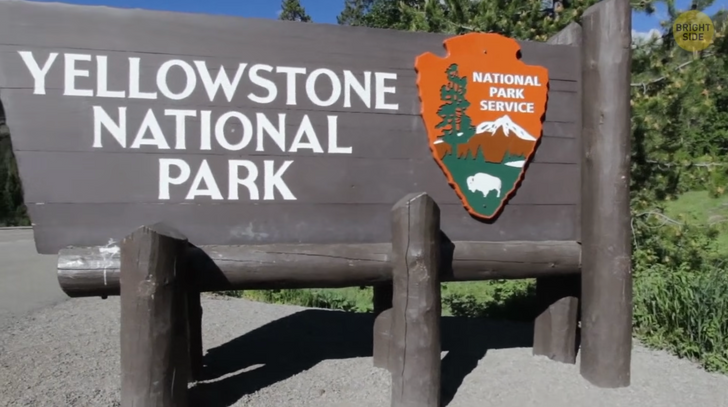
The Yellowstone giant was thought to be responsible for at least three enormous eruptions and countless smaller ones. In that region, the volcanic deposits are scattered over tens of thousands of miles. Scientists believed they had been created by many weak eruptions. But after doing more research, experts found out these deposits had been left by two previously unknown super-eruptions.
Those probably took place about 9 and 8.7 million years ago. This discovery means that the area around the Yellowstone volcano used to face a super-eruption every half a million years. But over the last 3 million years, the hotspot has seen only 2 super-eruptions. It makes scientists believe these catastrophic events are slowing down. Or...just maybe one is overdue!
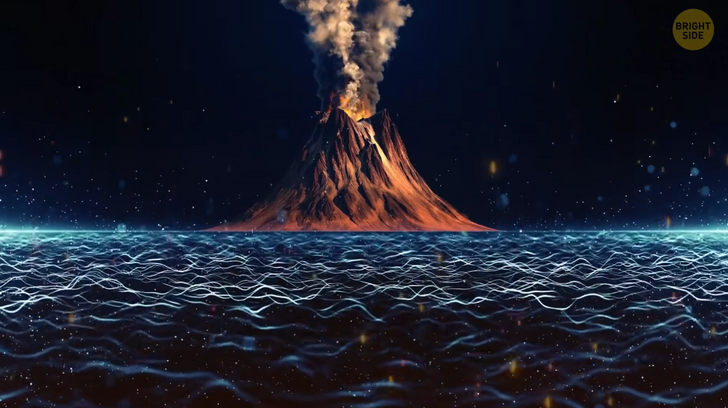
Anyway, if the Yellowstone supervolcano went off with as much power as it had 2.1 million years ago, it would spit out more than 588 cubic miles of boiling lava! That’s more than 4,500 times the volume of Sydney Harbor! That’s a lotta lava! Whether it’s likely to happen or not is another question.
There’s no doubt that something is going on with the volcano. The water level changes in Yellowstone Lake mean the caldera is lifting under the surface. And the caldera is what’s left over after a volcano erupts and then collapses.
The Yellowstone caldera is not just going up, creating a dome-shaped uplift. It also moves up and down in a kinda breathing motion. It might be because the magma is seeping into the crust. Or because this magma’s heating up the Yellowstone hydrothermal system, making it expand and raise the crust.
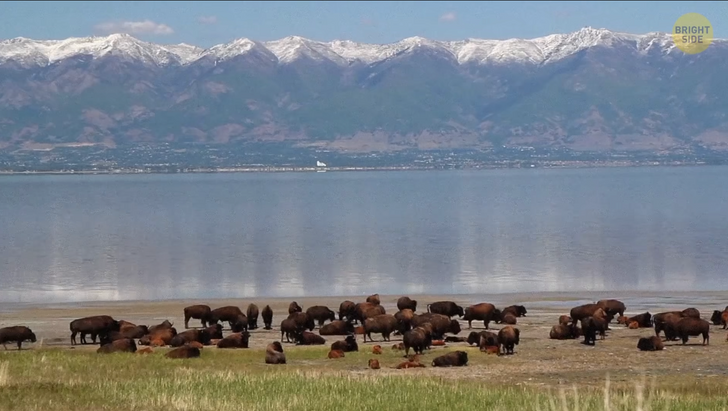
Yellowstone has the status of an active volcano. Its Volcanic Explosivity Index is 8 out of 10. Such a high number means that if this volcano erupted, it would be an apocalyptic event.
Right before the disaster, the ground around the national park would lift. Geothermal pools and geysers would heat up to boiling temperatures and get more acidic than usual. The magma would start to rise toward the surface. At some point, the rock roof of the magma chamber wouldn’t be able to resist anymore, and the explosion would kick off.
A massive column of lava and ash would shoot up to a height of over 16 miles. After that, the volcano would keep pumping ash for days on end. The mixture of lava, ash, and gas would be hotter than 1,800 degrees F. It would travel through the area at a speed of 300 miles per hour — faster than a racing car. The air near the center of the eruption would heat up to 570 degrees F.
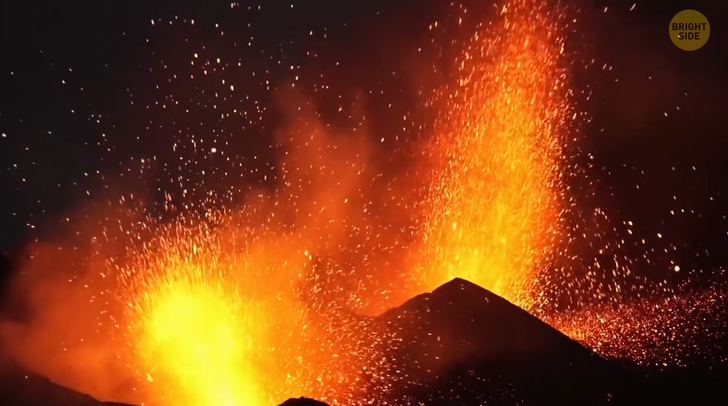
One of the most dangerous consequences would be ash fallout. Volcanic ash can turn into glassy cement within seconds after being inhaled and getting in the lungs. People and animals would have problems with breathing. Okay, so that’s an understatement, just so you know. Buildings would start to collapse under the weight of this dense substance.
It would take just several days until a 10-feet layer of ash covered the territory of about 50 miles around the center of the eruption. After the ash got into the stratosphere, the temperatures all over the world would start to drop. If the eruption was rich in sulfur — an effective sun blocker, it would get so cold there would be no summer in the entire world for the next several years. The monsoon seasons would change. Agriculture would face serious problems. There would be issues with food supplies.
Over the past 50 years, the Yellowstone caldera has risen for almost 2 ft. It shouldn’t alarm you, though. Experts are sure it’s a natural behavior for Yellowstone. Periods of dome-shaped uplift are followed by the caldera lowering. Scientists think the supervolcano doesn’t present any danger at the moment.
For an eruption to happen, the magma inside has to be at least 50% molten. With Yellowstone, this number is just 5 to 15%. The probability of the eruption is 1 in 730,000. Safe to say, it’s a long shot. Even better, a recent study made the researchers believe the hotspot might be in a state of decline right now. Even despite all the “breathing” and dome-raising activity.
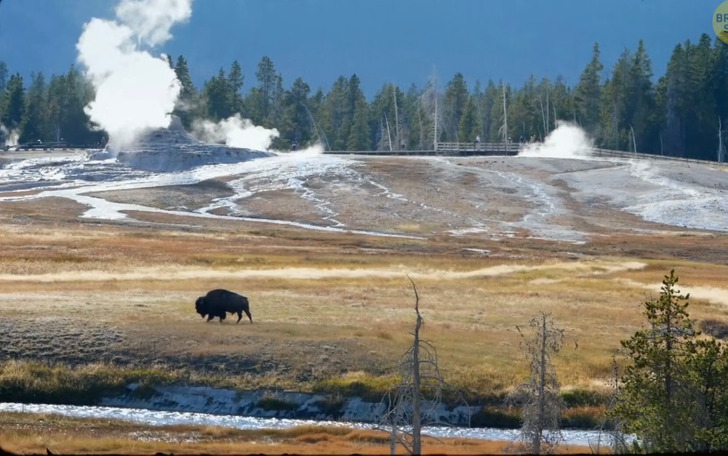
Still, there have been tons of discussions about what people could do to prevent the disastrous super-eruption from happening. And the most popular and seemingly effective idea was to cool the Yellowstone supervolcano down. Unfortunately, there’s a catch. The volcano leaks out only 70% of the heat which comes from its magma-filled chambers.
But the rest of the heat stays inside. As soon as it reaches a particular threshold, the volcano erupts. If it was possible to extract at least 35% of the Yellowstone volcano’s heat, the eruption could be avoided. The cooler the magma is, the thicker and stickier it gets. It stops being so fluid and doesn’t try to get out to the surface anymore.
After considering these facts, NASA scientists came up with a plan. They suggested drilling a 6-miles-deep well and pumping down cold pressurized water. The temperature of the water that would get back to the surface would be approximately 662 degrees F. This way, the heat would be gradually extracted from the volcano. And if a geothermal plant was built on the site, it would generate plenty of electric power. It would be very simple to produce, and its price would be very alluring — about 10 cents per kilowatt-hour.
At first glance, it was an amazing idea. But some time later, it started to receive a lot of criticism. Imagine drilling through the Earth’s crust, getting deeper and deeper. And then — wham-bam! — you hit a hypothermal pocket! Uh-oh, get ready for a catastrophe. This can release gases that are likely to cause a series of super-powerful explosions. In the worst-case scenario, it may even trigger a full-scale volcanic eruption!
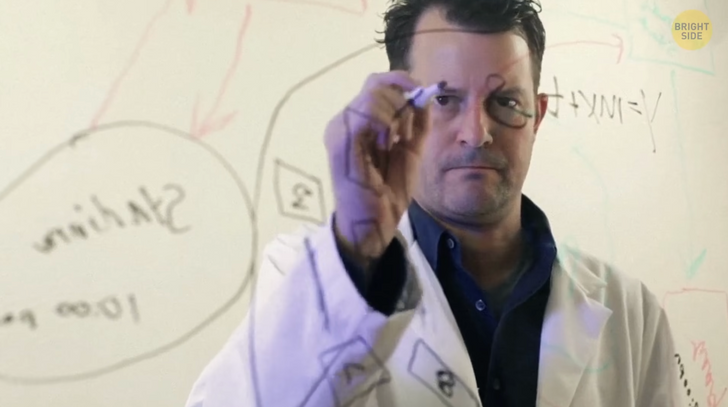
You already know about its catastrophic outcomes: from fountains of lava and avalanches of molten rocks to climate changes all over the globe! Yeah, not good. Or, let’s say, you’re drilling a well to deliver cold water to the volcano. And then, you accidentally hit its magma chamber! In this case, instead of cooling the giant down, you’ll make the top of the magma chamber much more fragile than it used to be. And the whole construction will be at risk of collapsing at any moment.
And don’t forget that your drilling may also release toxic gases. They often accumulate at the top of the reservoir with magma. Can it get any worse, well yes it can! Plus, the whole process would stretch for more than 16,000 years. This method is too risky to cool the volcano down as fast as people would probably want.
And scientists aren’t even 100% sure that when the cooling system construction is finished, the volcano will stay cold for at least another hundred years. And last but not least, the project of making the Yellowstone supervolcano a bit cooler would cost a mind-boggling $3.5 billion! A huge price for something that might not work out altogether!
By the way, Yellowstone isn’t the only volcano that has a lava dome that’s lifting at the moment. Lava domes are created when magma gets to the surface and then gathers around the vent. Scientists have found one of those inside an underwater volcano in Japan. This dome is more than 2,000 ft high and more than 6 miles wide.
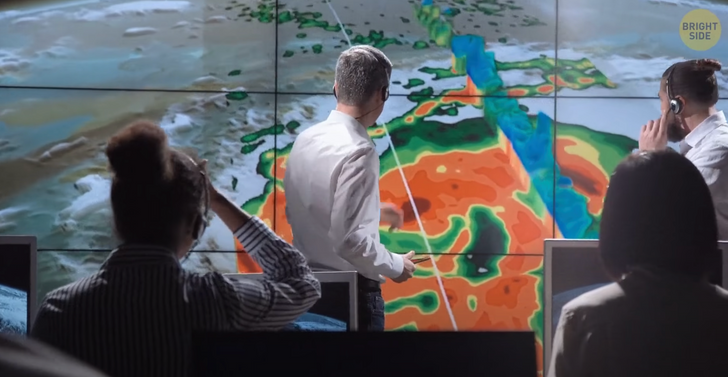
Even though the Japanese supervolcano seems to be sleeping, experts don’t let their guard down. A volcanic system can go from being calm and docile to teetering on the edge of an eruption in the blink of an eye.
Another massive dome is growing in the Central Andes — on top of the planet’s largest active magma store. The Altiplano-Puna Plateau (there’s a tongue twister) — and where the dome was found — is the second-highest plateau in the world. And the dome itself is more than half a mile tall!
You might wonder how come experts have known nothing about this enormous uplift until recently. The answer is simple: it was hidden within the plateau. It’s an arid region littered with volcanoes, and it stretches for thousands of miles. Yep, another case of hiding in plain sight...
Comments
Related Reads
I Said “That’s Not My Job” Once at My Office—And the Domino Effect Was Wild

I Refused to Let My Daughter (16) Share a Room With My Nephew (17), and the Fallout Was a Disaster

15 Moving Stories That Show Rocky Ride and Love Of Blended Families

I Refused to Let a Mom With a Baby Cut in Line—And Her Answer Was Completely Unpredictable

I Refused to Poison My Stepkids With Junk Food, and Now I’m Suddenly a Villain

20 Stories That Prove Even a Disastrous Visit Can Make for a Hilarious Memory

11 True Stories That Prove Real Life Doesn’t Need a Screenplay

10 Moments That Remind Us Quiet Kindness Is Mightier Than It Seems

20 Moments When Kindness Stepped In Like a Guardian Angel

My Stepdaughter Insisted I Wouldn’t Ever Be Her Real Mom, Then One Day She Publicly Called Me Out

My Boss Cut My Salary Behind My Back—Until HR Discovered the Truth

I Refused to Give Up My Dream Home for My Sick Grandson
